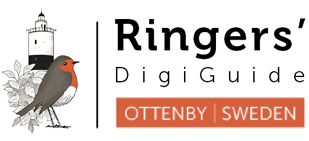

Blackcap
AGE – BEST CRITERIA:
Since the pre-br moult in most individauls is rather restricted (at most, some inner GC and TT may be included), the ageing characters used in autumn are still mostly valid. In 2cy, moult contrasts are often present in outer GC and sometimes also in AL, RR and TT. Adult birds show a generally uniform, dense and less worn plumage.
More Sylvia atricapilla:
Ringers’ DigiGuide is sponsored by:
Hemsidan producerad i samarbete med
BirdLife Sverige